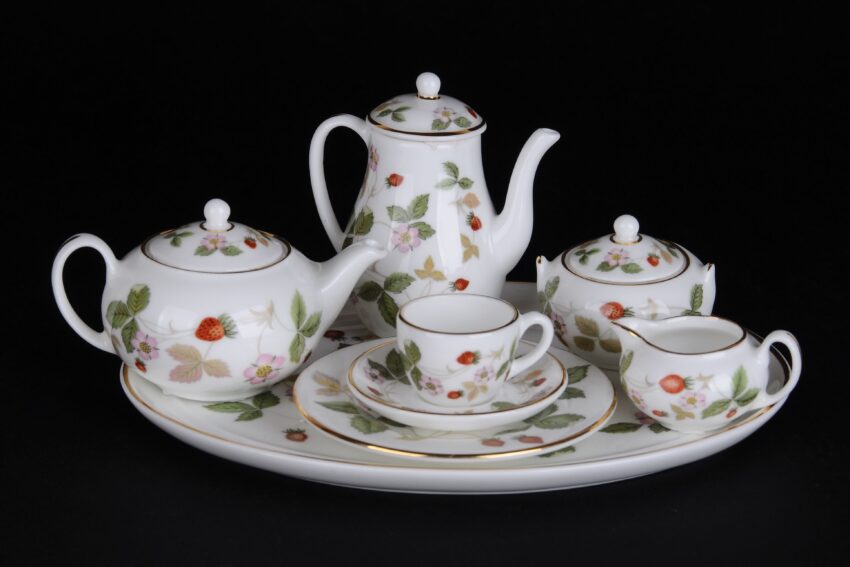Tea culture in Japan and China has evolved over centuries, leading to distinct styles of tea sets that reflect their traditions and aesthetics. If you’re a tea enthusiast or collector, understanding the differences between Japanese and Chinese tea sets can help you appreciate their unique qualities and tea set price in pakistan choose the right set for your tea experience. Here’s a breakdown of the key differences between these two iconic styles.
1. Design and Aesthetic Differences
- Japanese Tea Sets – Minimalist, rustic, and often earthy in tone. They emphasize simplicity and a natural feel, inspired by Wabi-Sabi aesthetics.
- Chinese Tea Sets – Ornate, colorful, and often decorated with intricate patterns, symbols, and calligraphy, reflecting a deep historical and artistic influence.
2. Materials Used
- Japanese Tea Sets – Commonly made from ceramic, stoneware, or cast iron (Tetsubin). Matte glazes and textured finishes are prevalent.
- Chinese Tea Sets – Typically crafted from porcelain, Yixing clay, or fine ceramics. High-gloss finishes and delicate craftsmanship are hallmarks of Chinese tea sets.
3. Tea Brewing Style
- Japanese Tea Sets – Often used for brewing green teas like Sencha and Matcha. The teapots (Kyusu) have side handles for easy pouring.
- Chinese Tea Sets – Designed for brewing a variety of teas, including oolong, black, and pu-erh. Traditional Gongfu tea sets include small teapots, fairness pitchers, and tasting cups for precise brewing.
4. Components of the Tea Set
- Japanese Tea Sets
- Kyusu (side-handled teapot) or Shiboridashi (handleless teapot)
- Yunomi (small tea cups without handles)
- Chawan (bowl for Matcha preparation)
- Chasen (bamboo whisk for Matcha)

- Chinese Tea Sets
- Gaiwan (lidded bowl for brewing tea)
- Yixing Teapot (clay teapot that absorbs tea flavors over time)
- Gongfu tea set (includes a small teapot, fairness pitcher, and tasting cups)
- Cha Hai (fairness pitcher) for evenly distributing tea
5. Cultural and Ritual Significance
- Japanese Tea Sets – Used in traditional tea ceremonies, where each movement and utensil holds symbolic meaning. The emphasis is on mindfulness and harmony.
- Chinese Tea Sets – Essential to the Gongfu tea ceremony, which focuses on precision, multiple infusions, and appreciating the full flavor profile of the tea.
6. Practical Considerations
- Japanese Tea Sets – Simple, functional, and ideal for daily tea drinking.
- Chinese Tea Sets – Offer versatility and are suited for more elaborate tea preparation and tasting experiences.
Conclusion
Both Japanese and Chinese tea sets reflect their respective cultural philosophies and tea-drinking traditions. If you prefer a minimalist and meditative tea experience, a Japanese tea set may be ideal. If you enjoy intricate designs and a more interactive brewing method, a Chinese tea set is a great choice. Ultimately, your preference depends on your tea-drinking style and appreciation for craftsmanship.

